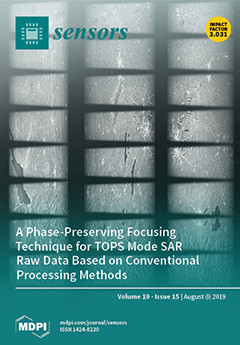This work reports the development of ultralight interwoven ultrathin graphitic carbon nitride (g-CN) nanosheets for use as a potential adsorbent in a passive sampler (PAS) designed to bind Hg
2+ ions. The g-CN nanosheets were prepared from bulk g-CN synthesised via a modified
[...] Read more.
This work reports the development of ultralight interwoven ultrathin graphitic carbon nitride (g-CN) nanosheets for use as a potential adsorbent in a passive sampler (PAS) designed to bind Hg
2+ ions. The g-CN nanosheets were prepared from bulk g-CN synthesised via a modified high-temperature short-time (HTST) polycondensation process. The crystal structure, surface functional groups, and morphology of the g-CN nanosheets were characterised using a battery of instruments. The results confirmed that the as-synthesized product is composed of few-layered nanosheets. The adsorption efficiency of g-CN for binding Hg
2+ (100 ng mL
−1) in sea, river, rain, and Milli-Q quality water was 89%, 93%, 97%, and 100%, respectively, at natural pH. Interference studies found that the cations tested (Co
2+, Ca
2+, Zn
2+, Fe
2+, Mn
2+, Ni
2+, Bi
3+, Na
+, and K
+) had no significant effect on the adsorption efficiency of Hg
2+. Different parameters were optimised to improve the performance of g-CN such as pH, contact time, and amount of adsorbent. Optimum conditions were pH 7, 120 min incubation time and 10 mg of nanosheets. The yield of nanosheets was 72.5%, which is higher compared to other polycondensation processes using different monomers. The g-CN sheets could also be regenerated up to eight times with only a 20% loss in binding efficiency. Overall, nano-knitted g-CN is a promising low-cost green adsorbent for use in passive samplers or as a transducing material in sensor applications.
Full article






